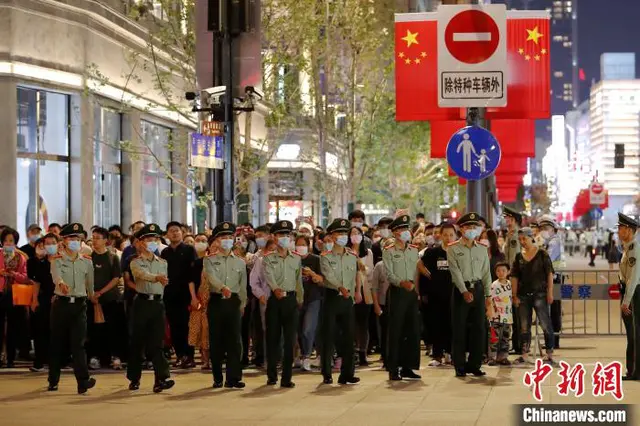The Democratic People's Republic of Korea (DPRK) fired off seven more short-range projectiles, supposedly artillery shells, Tuesday morning and afternoon in its east coast, local media reported citing South Korea's Defense Ministry officials.
The DPRK launched four artillery shells from 4:17 p.m. to 5:07 p.m. local time in Wonsan areas in its southeastern coast toward northeastern open waters. The DPRK's new multiple rocket launcher, termed by the South Korean military as KN-09, was believed to have fired the shells, with a range of about 150 km.
Pyongyang also fired off three more artillery shells at around 6 a.m. from the same place toward eastern waters with the existing artillery of 240 mm caliber. The artillery was estimated to have a range of around 55 km.
On Feb. 21, the DPRK fired off four artillery shells with the KN-09 from the same place, Seoul's Defense Ministry said Monday.
The DPRK launched two short-range ballistic missiles Monday morning on its east coast, four days after firing off four short- range missiles, allegedly of Scud-type missiles.
The missiles, which the DPRK launched Monday morning, were believed to be Scud-C type or Scud-ER missiles as they flew more than 500 km. The four missiles launched on Feb. 27 flew around 220 km at an altitude of more than 100 km.
The DPRK reportedly has missiles of 300-km-range Scud-B type and of 500-km-range Scud-C type. It also has Scud-ER missiles, a modifier of Scud-D missiles, with a range of more than 700 km.
The recent series of missile launches came as part of the DPRK 's armed protest against South Korea-U.S. annual war games that began last week.
The two allies began their annual joint war games despite the DPRK's demand for adelay or cancellation of the drills. The "Key Resolve" command post exercise and the "Foal Eagle" field training exercise started on Feb. 24, with participation of 12,700 U.S. soldiers, including more than 6,000 forces from overseas bases.
A nuclear-powered U.S. submarine arrived Monday morning in the South Korean southeastern port city of Busan, irritating the DPRK, which has denounced the joint drills as the rehearsal for a northward invasion.
An official at the U.S. Forces Korea (USFK) told Xinhua that the USS Columbus, a Los Angeles-class submarine, touched at the port to let crew members take a rest and the submarine obtain supplies, but local media reported that the nuclear-capable submarine, a unit of the U.S. Seventh Fleet, came here to join the Foal Eagle drill.
The 7,000-ton submarine is loaded with Tomahawk cruise missiles with a range of some 3,100 km and Harpoon anti-submarine missiles. The submersible visited the South Korean southern port city of Jinhae in March 2012 to participate in the Foal Eagle military exercise.
South Korea has called the missiles launches an "intended provocation" and a "provocative armed protest," urging Pyongyang to immediately stop such military provocation.
Pyongyang launched Scud missiles for the first time since July 4, 2009. In addition, it was the first time the DPRK fired such missiles when Seoul and Washington are carrying out joint military exercises.
Defense Ministry spokesman Kim Min-seok said Monday that the DPRK seemingly sought to raise tensions on the Korean Peninsula by firing missiles when South Korea and the United States are conducting their annual military drills.
In what appeared to be a protest against the joint annual drills, a DPRK patrol ship also violated the disputed inter-Korean maritime border on the night of Feb. 24.
Seoul and Pyongyang have agreed to hold another senior-level dialogue when both sides feel comfortable after holding the vice ministerial-level talks, the first senior-level dialogue in around seven years, at the border village of Panmunjeom in mid-February.
 简体中文
简体中文

